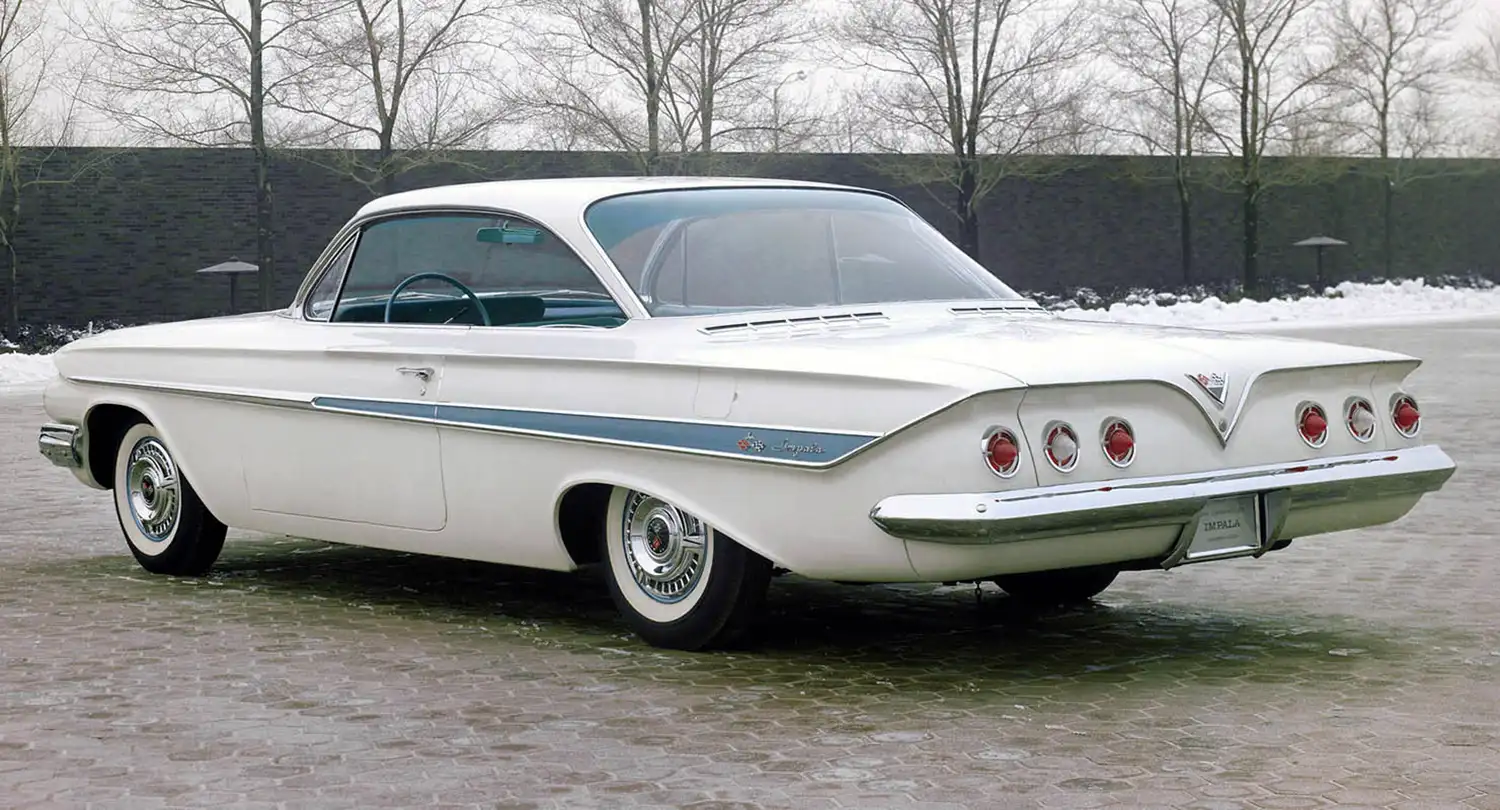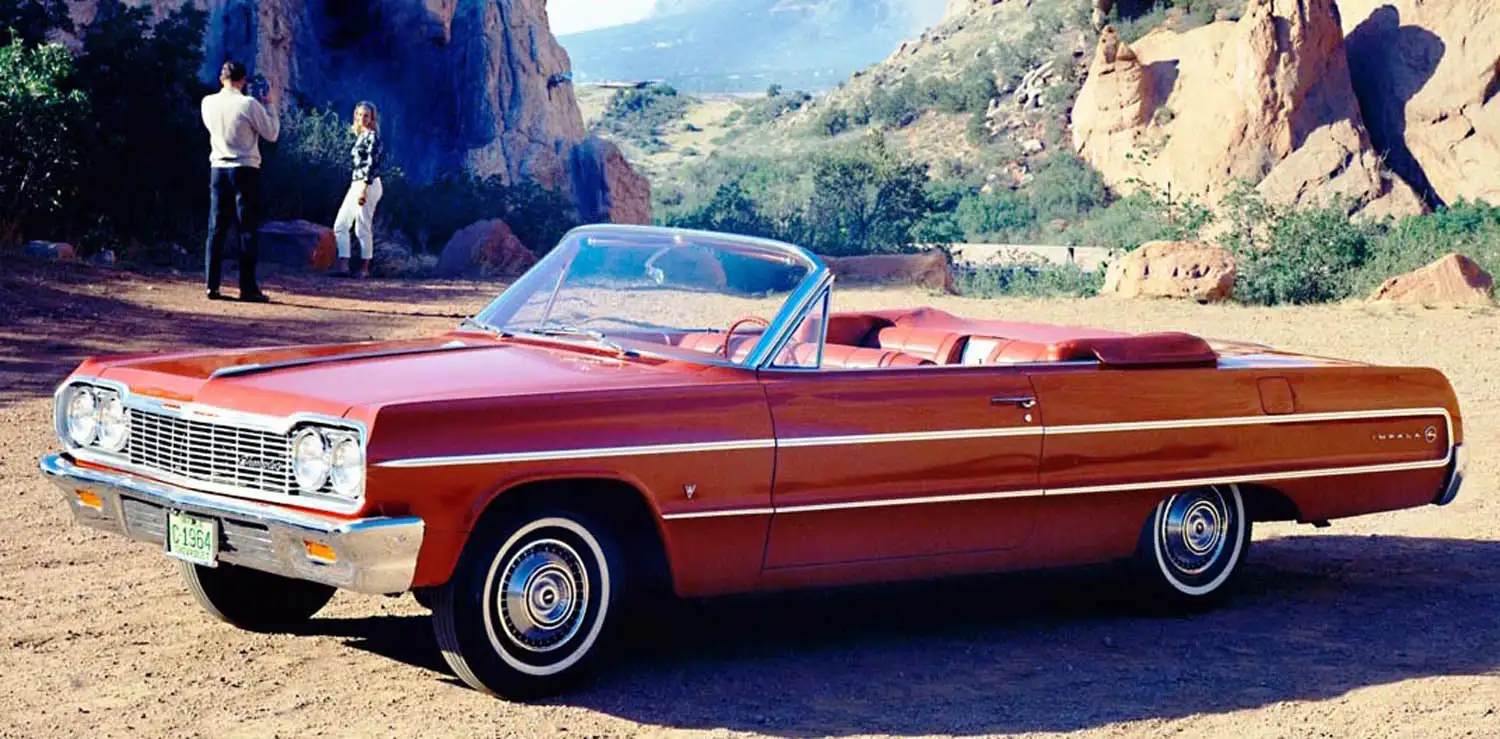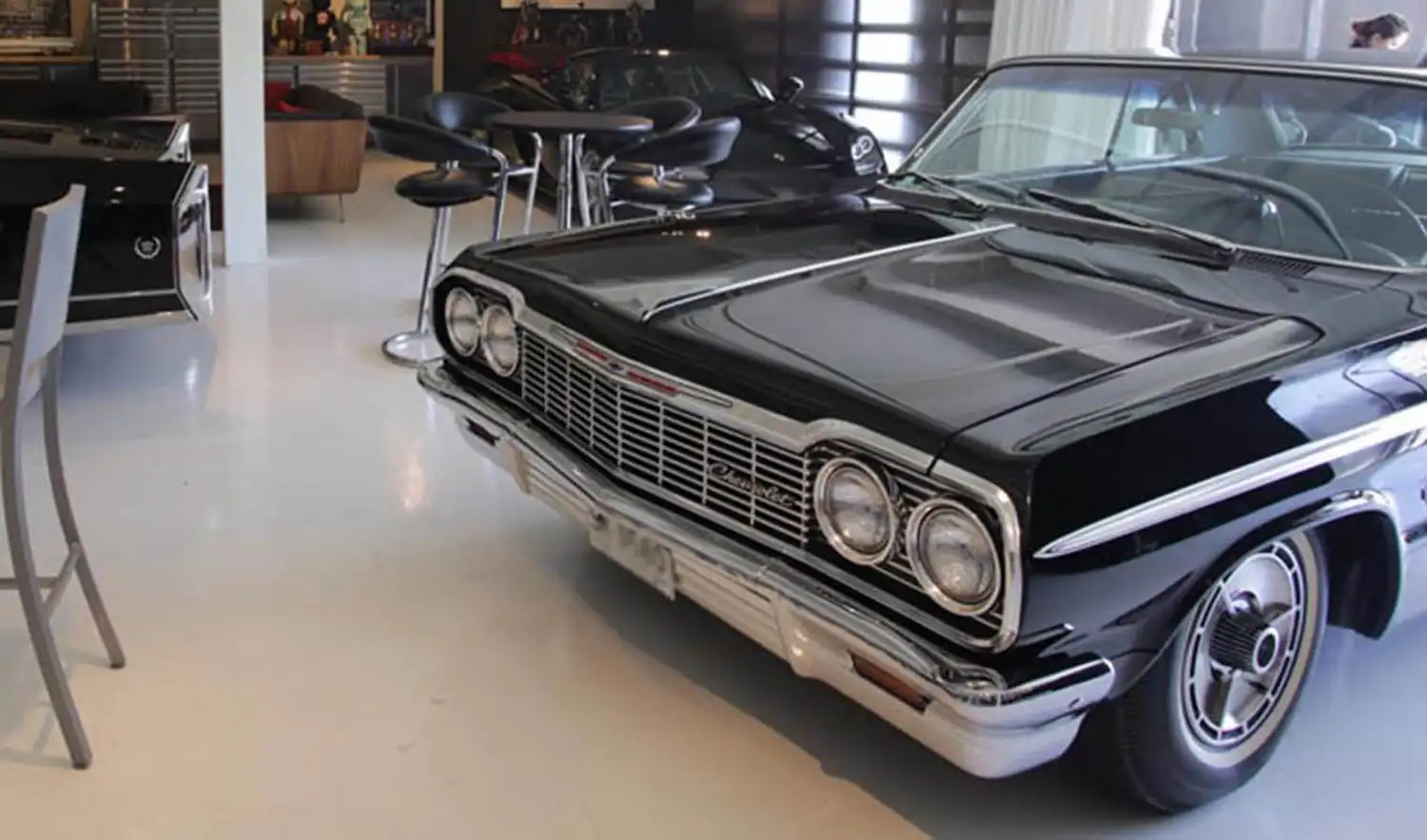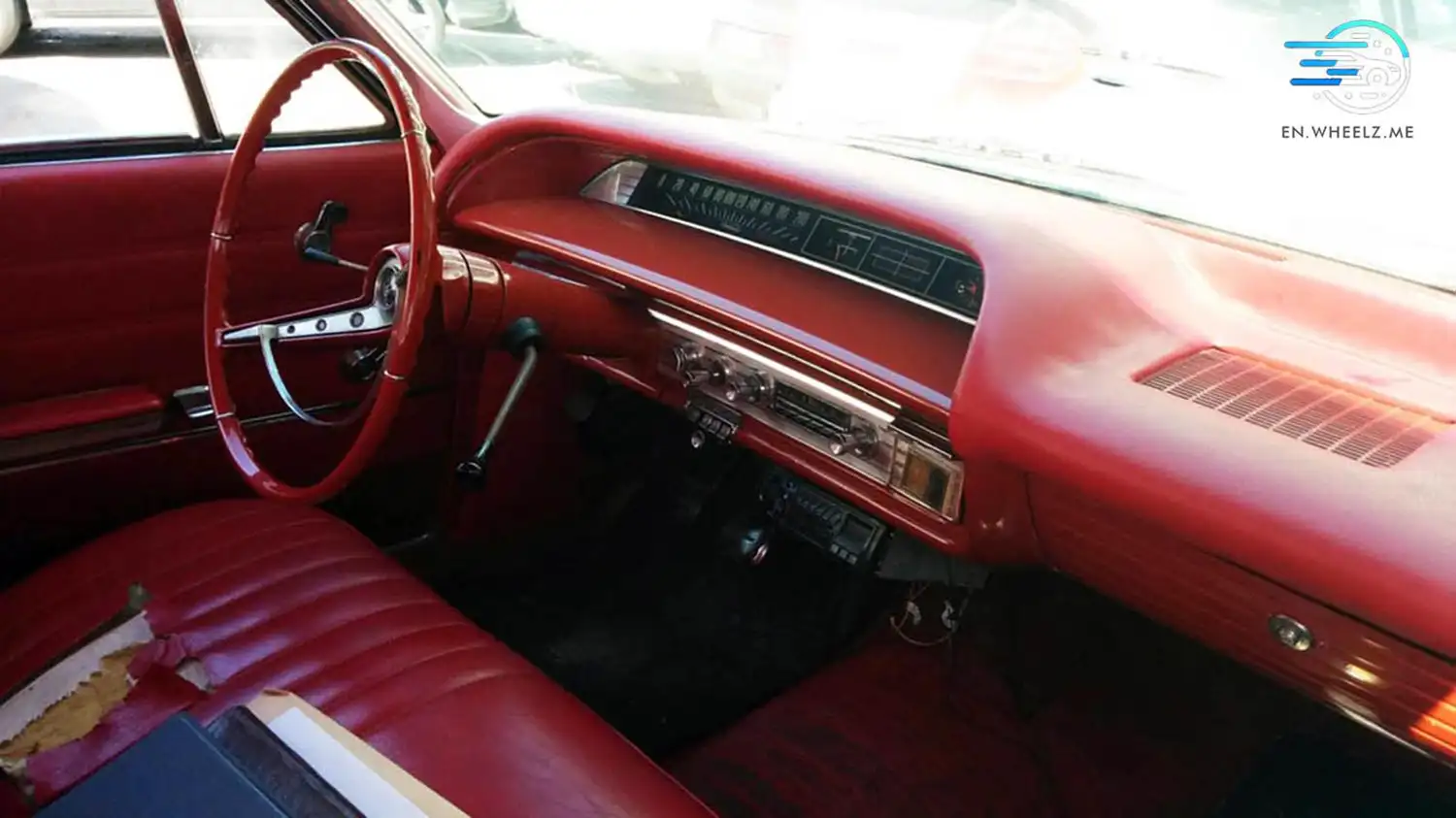
The third generation of the Chevrolet Impala, produced from 1961 to 1964, is often celebrated as a pinnacle of automotive design and engineering. Known for its sleek styling, powerful performance options, and innovative features, this generation of the Impala solidified its status as an American icon.
Timeline and Key Changes
1961: The Launch
- The 1961 model year introduced a more streamlined design compared to its predecessor. The car featured a reduced overall length and weight, enhancing performance and handling.
- Key design elements included a wraparound windshield and a “bubble top” coupe roofline, which became a signature look.

1962: Evolution and Refinement
- The Impala received subtle design updates, including a more squared-off roofline for the hardtop models.
- The Super Sport (SS) package, introduced in late 1961, became a permanent fixture in 1962. The SS models were distinguished by their special badging, trim, and optional high-performance engines.
1963: Aesthetic Enhancements
- The 1963 Impala featured new styling with a more angular front end and a reshaped rear. The grille design was updated, and the car had a more refined, contemporary look.
- Interior upgrades included a redesigned dashboard and improved seating.
1964: The Final Year of the Third Generation
- The 1964 model carried over much of the 1963 design but featured minor tweaks for a fresher appearance, including a more pronounced grille and revised taillights.
- This year saw the introduction of the new 327 cubic inch V8 engine, providing enhanced performance options.
Variants and Performance Specifications
Body Styles
- The third-generation Impala was available in multiple body styles:
- Two-door coupe
- Two-door convertible
- Four-door sedan
- Four-door hardtop (sport sedan)
- Station wagon

Engine Options
- The engine lineup for the third-generation Impala included several choices, catering to a range of performance preferences:
- Inline-Six Engines:
- 235 cubic inch (3.9L) I6, producing around 135 hp
- Small Block V8 Engines:
- 283 cubic inch (4.6L) V8, producing 170-195 hp
- 327 cubic inch (5.4L) V8, producing 250-300 hp (introduced in 1964)
- Big Block V8 Engines:
- 348 cubic inch (5.7L) V8, producing 250-350 hp
- 409 cubic inch (6.7L) V8, producing 360-425 hp
- Inline-Six Engines:

Transmission Options
- The Impala was offered with a variety of transmissions, including:
- 3-speed manual
- 4-speed manual
- 2-speed Powerglide automatic
- 3-speed Turbo Hydra-Matic automatic (introduced later in the series)
Performance Highlights
- 1961 Impala SS 409: Equipped with the 409 cubic inch V8, the SS 409 could produce up to 360 hp, making it one of the most powerful and sought-after muscle cars of its time.
- 1963 Impala SS 409: Upgraded versions of the 409 engine offered up to 425 hp, with a 0-60 mph time of just over 6 seconds, a remarkable feat for the era.
- 1964 Impala SS 327: The new 327 engine provided a balance of performance and reliability, with outputs ranging from 250 to 300 hp, depending on the configuration.

Legacy
The third-generation Chevrolet Impala remains a beloved classic among car enthusiasts and collectors. Its combination of elegant design, versatile performance options, and the introduction of the iconic SS models helped the Impala leave an indelible mark on automotive history. Whether cruising down the highway or showcased at classic car shows, the third-generation Impala stands as a testament to Chevrolet’s engineering excellence and timeless style.
The third-generation Chevrolet Impala (1961-1964) encapsulates an era of automotive innovation and elegance. With its diverse variants, powerful engine options, and striking design, it continues to be celebrated as one of the most iconic American cars ever produced.
Source: Chevrolet and Wheelz.me
This Article use tools from Chatgpt









